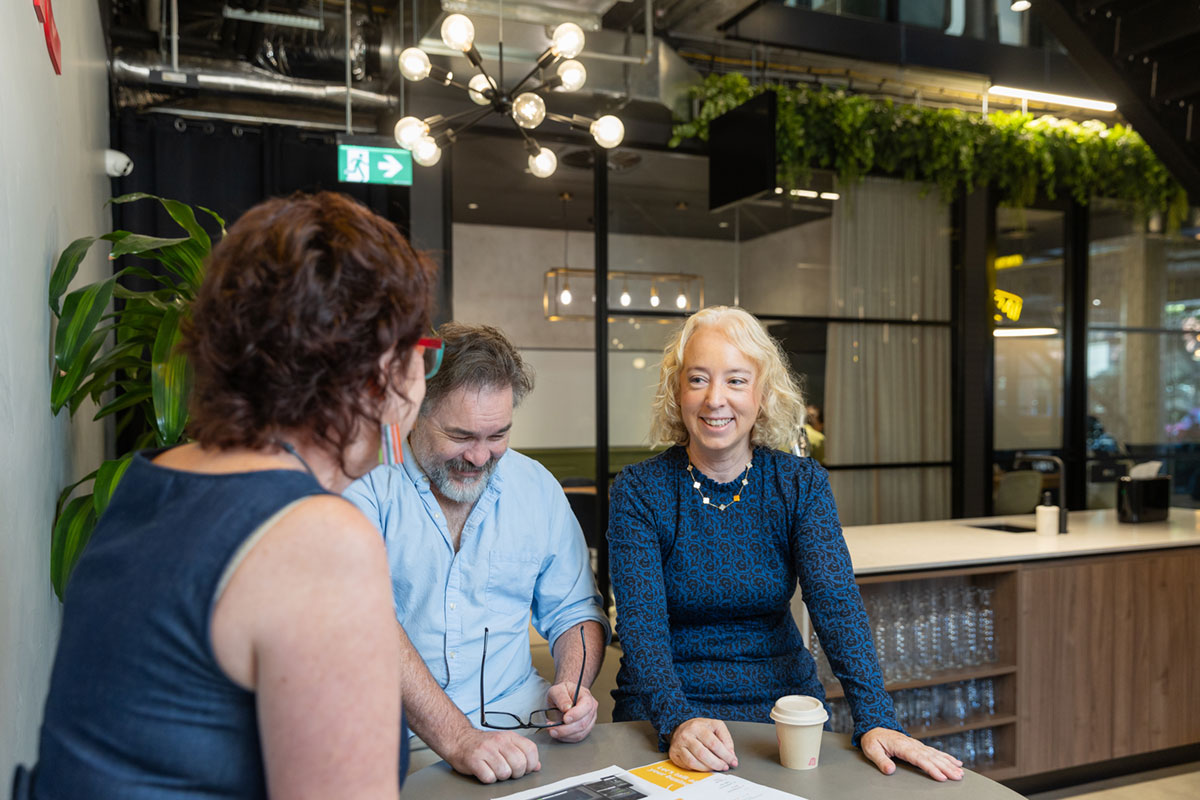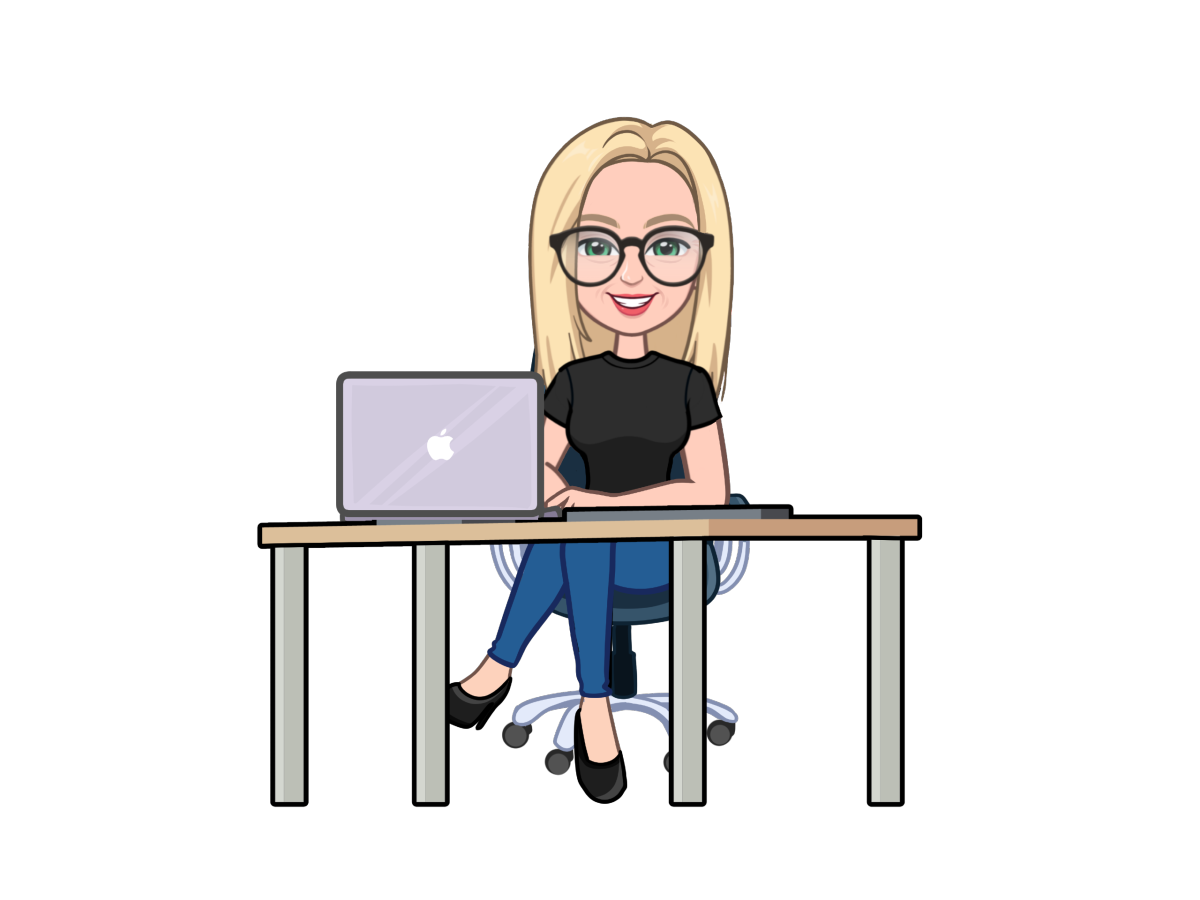The saying “a picture tells a thousand words” is especially true when it comes to websites. Unless you are researching something highly technical or academic, no one likes opening a website and being hit with a wall of dense text.
Images not only play a role in making your web design more attractive, they are also usually the first thing your audience will notice. The human brain is hardwired to process images much faster than text, and first impressions are made in milliseconds. Images affect our thoughts, opinions and behaviours – even when we are not aware of it!
Website images are more than just pretty decorations. Like the rest of your website, image selection needs to be approached strategically and thoughtfully. Your images will communicate your brand’s essence, establish authenticity, and connect emotionally with your audience.
Story telling: the power of pictures
The images on your website should showcase your services or products from your audience’s perspective. It’s important that you think like a customer, not the business owner. If you were looking for a music teacher for your child, would you feel more emotionally connected with a headshot photo of the teacher? Or of a happy child sitting at the piano? Even better, a photo of the teacher WITH the child, so it’s clear it’s not a stock photo, but a genuine image of a student with the teacher?
Sometimes we don’t even realise why images affect our behaviour the way they do. There’s a fascinating study that tested a concept known as “mental simulation”. Researchers gave study participants 3 different photos: a burger, a burger being held by a left hand, and a burger being held by a right hand. Another group was shown photos of a bowl of cereal, a bowl with a spoon on the left side, and a bowl with a spoon on the right side. When the image matched the participant’s dominant hand, it triggered “mental simulation” where they subconsciously imagined it was them holding the burger or eating the cereal. Those participants reported a significantly higher intention to purchase those products!
Key takeaway: Help your audience see themselves use your product or services. For example, if you sell clothes, show your items on a person, not just hanging up or in a flat lay.
Emotional Connection
Images have the power to elicit powerful emotional responses. Charities are particularly good at using images in this way – photos of people (or animals) needing help are more likely to encourage us to donate. On your own website though, it’s best to keep your messages positive. If you are using photos of people, make sure they have positive expressions.
Our brain is hardwired to pay attention to faces. So don’t go too overboard on the photos unless you are sure that your messaging is clear and attention grabbing in its own right. You don’t want people to be distracted.
What images should I use on my website?
The importance of high quality images
Rule number 1 is to make sure any images you use are high quality. Avoid blurry or pixelated pictures which will make your website look unprofessional. Do NOT save images from a Google image search and use them on your website unless you are willing to infringe copyright law and potentially get into a lot of trouble!
“Real” photos vs stock photography
It’s always preferable to use your own original photos if at all possible. Professional photography is not as expensive as you may imagine, and it allows you to showcase yourself, your team, and what you do. Real photos are authentic and trustworthy. Which would you trust more: an obvious stock photo of a plumber, or a photo of your local plumber wearing their branded top? Who would you be more likely to contact?

Sometimes it’s not possible to use your own photos – maybe you have a blog and you’re writing several articles a month and need great pictures to accompany them. There are many stock image websites you can use – some are free (Pixabay, Unsplash) and others paid (iStock, Depositphotos, Shutterstock). Try to make sure any stock photos you use still fit into your website’s “vibe” and colour scheme. Remember (depending on the licence) you can also edit stock photos to be more appropriate for your brand.
Ultimately, the goal is to make the stock images feel less like stock and more like an integral part of your brand’s visual identity. Look for unique stock images that haven’t been overused to help your website stand out.
Images are easier for people to process
The majority of people are visual learners. Our brain processes images faster than text, and visuals can convey complex information concisely. Remember that images aren’t just photos. You can use infographics, videos, icons and graphs to get your message across.
Did you know that when people hear information, they can only recall 10% of that information three days later? However, if a relevant image is paired with that same information, this jumps to 65%! This is helpful to remember when you are posting on social media or a newsletter as well as your website. Image selection is not just about making things look pretty, but helping your customers remember and engage with what you have to say.
Key points
- Images are more than decorations or design elements
- Invest in professional photography if you can; but if you do use stock images, make sure they align with your brand and messaging and are not too generic
- Use images of happy people doing what you’d like your customers to do
- Remember images can come in different formats and play different roles in getting your message across
- Images help people understand and remember what you are saying

